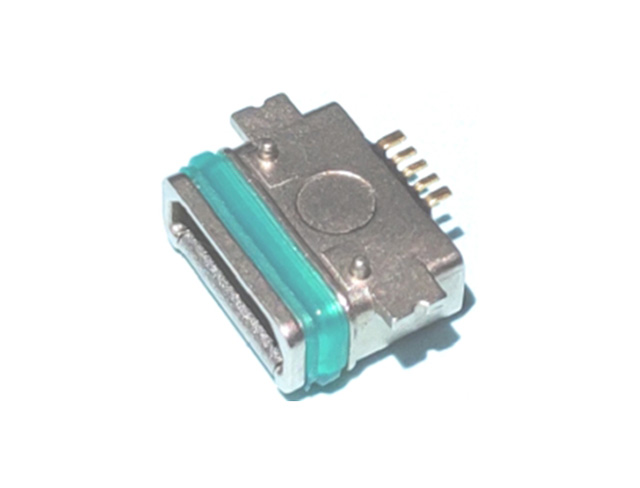Capacitance refers to the amount of charge stored at a given potential difference. It is widely used. It is mainly used in power filtering, signal filtering, signal coupling, resonance, DC blocking and other circuits. It is an indispensable electronic component in the electronics and power fields. .
In circuit design, there is a common understanding, "In the case of device margin design, if the margin is as large as possible, it will be reliable." In fact, this view is wrong. For safety capacitors, if the voltage margin is too large, it will also cause a failure, which is called "low voltage failure".
The mechanism of low voltage failure is the existence of dielectric leakage current. Under the condition of high humidity, the infiltration of the capacitor will cause moisture to penetrate. When the voltage is applied to the two poles of the capacitor, the infiltrated moisture surface will form a leakage current due to its conductivity. Excessive leakage current will cause the energy storage characteristics of the capacitor. Significantly reduced, the result is the loss of capacitance characteristics. This phenomenon is most likely to occur when power is applied after the humidity storage test.
Industry experts said that in order to maintain a good capacitor storage effect, smooth flow, not easy to be damaged by the current, the use of high-quality connectors is the key. When alternating current passes through a capacitor, its direction alternates and its size changes regularly. The capacitor is connected to the AC power supply. The capacitor is continuously charged and discharged, and the charging current and discharge current flowing in accordance with the AC power change law (different phases) will flow in the circuit. In these links, the pin header can play a very good role. Protective effects.
Cautions for capacitor installation
A. Used capacitors can no longer be used, but can be removed as a periodic inspection to test electrical performance;
B. If the capacitor is charged, discharge it with a resistor of about 1kΩ before use;
C. If the capacitor is stored under the condition of more than 35 ℃ and humidity greater than 70%, its leakage current may increase. Before use, the rated voltage can be applied through a resistor of about 1kΩ;
D. Confirm the rated capacity, voltage and polarity of the capacitor before installation;
E. Do not use capacitors dropped on the ground;
F. Do not use deformed capacitors;
G, the distance between the positive and negative leads of the capacitor should match the position of the PCB hole. If the capacitor is forcibly inserted into a circuit board with an unsuitable hole distance, stress will be applied to the lead-out wire, which will cause the capacitor to short circuit or increase the leakage current;
H, insert the capacitor pins or solder pins into the PCB board during installation until the bottom of the capacitor is stuck to the surface of the PCB board;
I. Do not apply more than the specified mechanical pressure. When a pulling force is applied to the capacitor lead-out wire, the pulling force will act on the inside of the capacitor, which will cause a short circuit inside the capacitor, an open circuit, or an increase in leakage current. Solder the capacitor to the circuit board without shaking the capacitor strongly.

